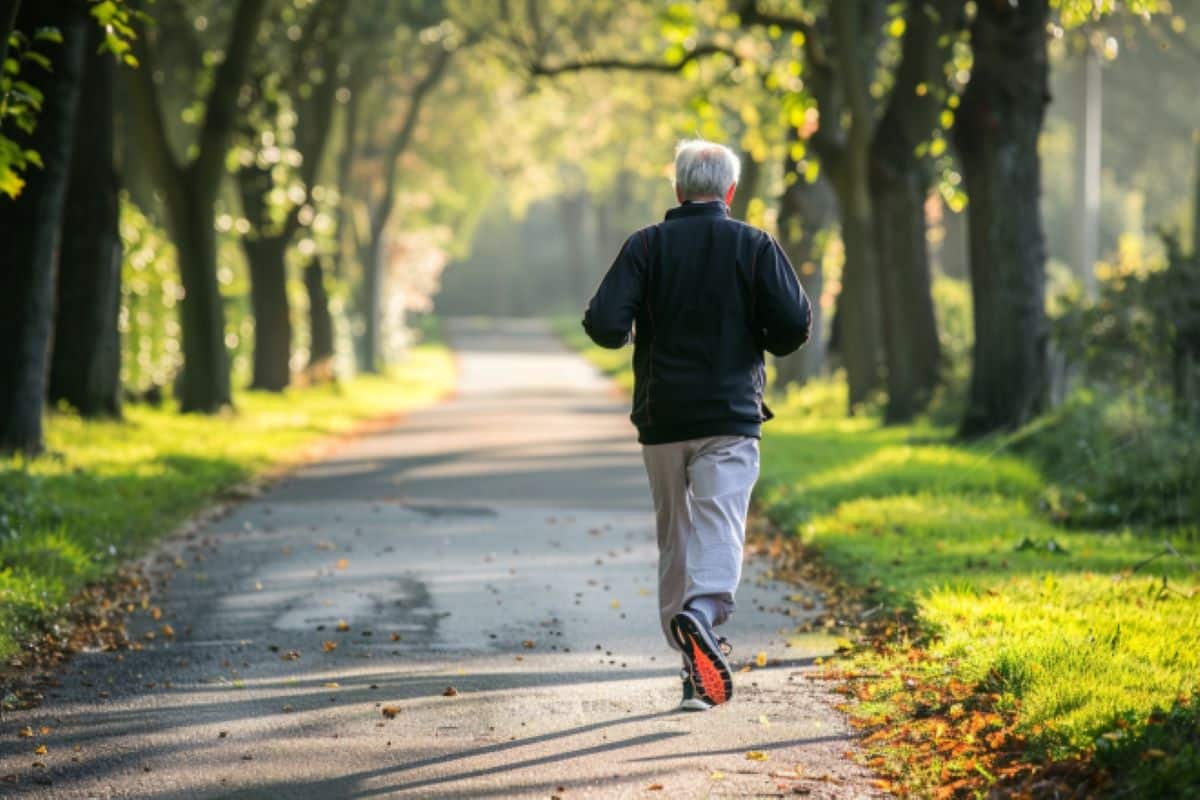Long COVID is perhaps most famous for the “brain fog” it can cause in those who have it, but that’s far from the only symptom. The physical symptoms can be equally debilitating, including long-lasting and extreme fatigue, especially after exercise – and thanks to a new study out of Amsterdam, now we know what causes it.
“We’re seeing clear changes in the muscles in these patients,” Michèle van Vugt, Professor of Internal Medicine at Amsterdam UMC and co-author of the study, said in a statement. “The cause of the fatigue is really biological.”
“This discovery means we can now start to research an appropriate treatment for those with long COVID,” she added.
To investigate what was going on, the researchers asked 46 participants – 25 long COVID patients and 21 control subjects without it – to cycle for 15 minutes. That shouldn’t be a huge ordeal for most of us, but for the long COVID patients it was clearly taxing: the group “displayed a markedly lower exercise capacity,” the study reports, including some pretty severe impacts afterward.
“We saw various abnormalities in the muscle tissue of the patients,” explained Rob Wüst, Assistant Professor at the Department of Human Movement Sciences at Vrije Universiteit Amsterdam and a study co-author. “At the cellular level, we saw that the mitochondria of the muscle, also known as the energy factories of the cell, function less well and that they produce less energy.”
It wasn’t only after exercise that this difference was apparent. Biopsies of skeletal muscle in the participants taken a week before the exercise showed that the long COVID patients’ muscles had a higher proportion of glycolytic fibers as compared to the control group – that is, more of their muscles were reliant on sugar and not oxygen to create energy, and were therefore quicker to fatigue.
But biopsies taken after the exercise session confirmed that the situation for long COVID patients is actually even worse than that. Not only were their mitochondria functioning worse than before, but their muscles were showing signs of more severe tissue damage that their bodies were struggling to repair.
Even more worrying, especially for those thinking they can rely on their current good health to see them through any potential consequences of contracting COVID-19, is the fact that all participants were of working age, fit, and healthy before catching the disease. None had become sick enough to be hospitalized, and all had healthy hearts and lungs, even after the exercise.
“It’s really confirming that there is something inside the body going wrong with the disease,” Wüst told The Guardian.
“[Long COVID] damages your muscles, it worsens your metabolism, and it can explain why you feel muscle pain and fatigue up to weeks after the exercise,” he said.
There were some surprises, too. Contrary to what some have suggested, long COVID does not appear to be caused by lingering coronavirus particles in the body: “We don’t see any indications of this in the muscles at the moment,” noted van Vugt. While the team did find accumulations of amyloid protein in the patients’ skeletal muscle, they found no evidence that these deposits were clogging up capillaries and immune cells in long COVID patients, as some scientists have theorized.
“Post-exertional malaise cannot be explained by the hypothesis that these deposits block vessel perfusion, causing local tissue hypoxia,” the paper concludes. “The underlying reason for the increased intramuscular accumulation of amyloid-containing deposits during post-exertional malaise remains elusive.”
So, for those stuck with the aftereffects of a COVID-19 infection months after the virus has left their system, what’s the advice? Unfortunately, not a lot: “in concrete terms, we advise these patients to guard their physical limits and not to exceed them,” said Brent Appelman, researcher at Amsterdam UMC and co-author of the study.
“Think of light exertion that does not lead to worsening of the complaints,” he added. “Walking is good, or riding an electric bike, to maintain some physical condition. Keep in mind that every patient has a different limit.”
The study is published in the journal Nature Communications.

Sarah Carter is a health and wellness expert residing in the UK. With a background in healthcare, she offers evidence-based advice on fitness, nutrition, and mental well-being, promoting healthier living for readers.








